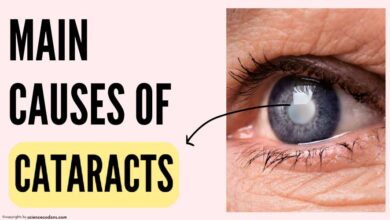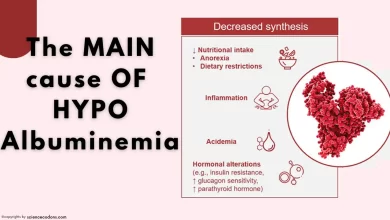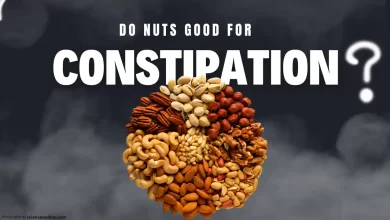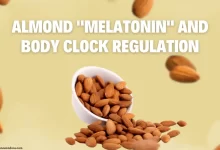The cell cycle is a complex process regulated by checkpoints and restriction points, consisting of multiple stages. Regulatory mechanisms ensure smooth and error-free progression of the cell cycle.
In the cell cycle, checkpoints and restriction points are regulatory mechanisms that ensure proper progression. Checkpoints are stages in the cell cycle where the cell assesses internal and external signals to determine whether to proceed with division. The cell cycle has several checkpoints, with the three most important ones being:
The G1 checkpoint assesses if all conditions are suitable for cell division to occur. The cell division process involves several checkpoints that ensure the proper progression of the cell cycle. The G1 checkpoint, also known as the restriction point, determines whether the cell will continue to the next phase. The G2 checkpoint ensures that DNA replication is complete and undamaged before entering mitosis. The M checkpoint ensures that all chromosomes are properly attached to spindle fibers before entering anaphase. The restriction point, also known as the Start or G1/S checkpoint, is a crucial checkpoint in the G1 phase of the animal cell cycle. It is at this point that the cell becomes “committed” to the cell cycle and no longer requires external signals to stimulate proliferation.
Checkpoints are stages in the cell cycle where the cell assesses internal and external signals to determine whether to proceed with division. The restriction point is a checkpoint in the G1 phase of the animal cell cycle where the cell becomes “committed” to continuing the cell cycle.
References:








